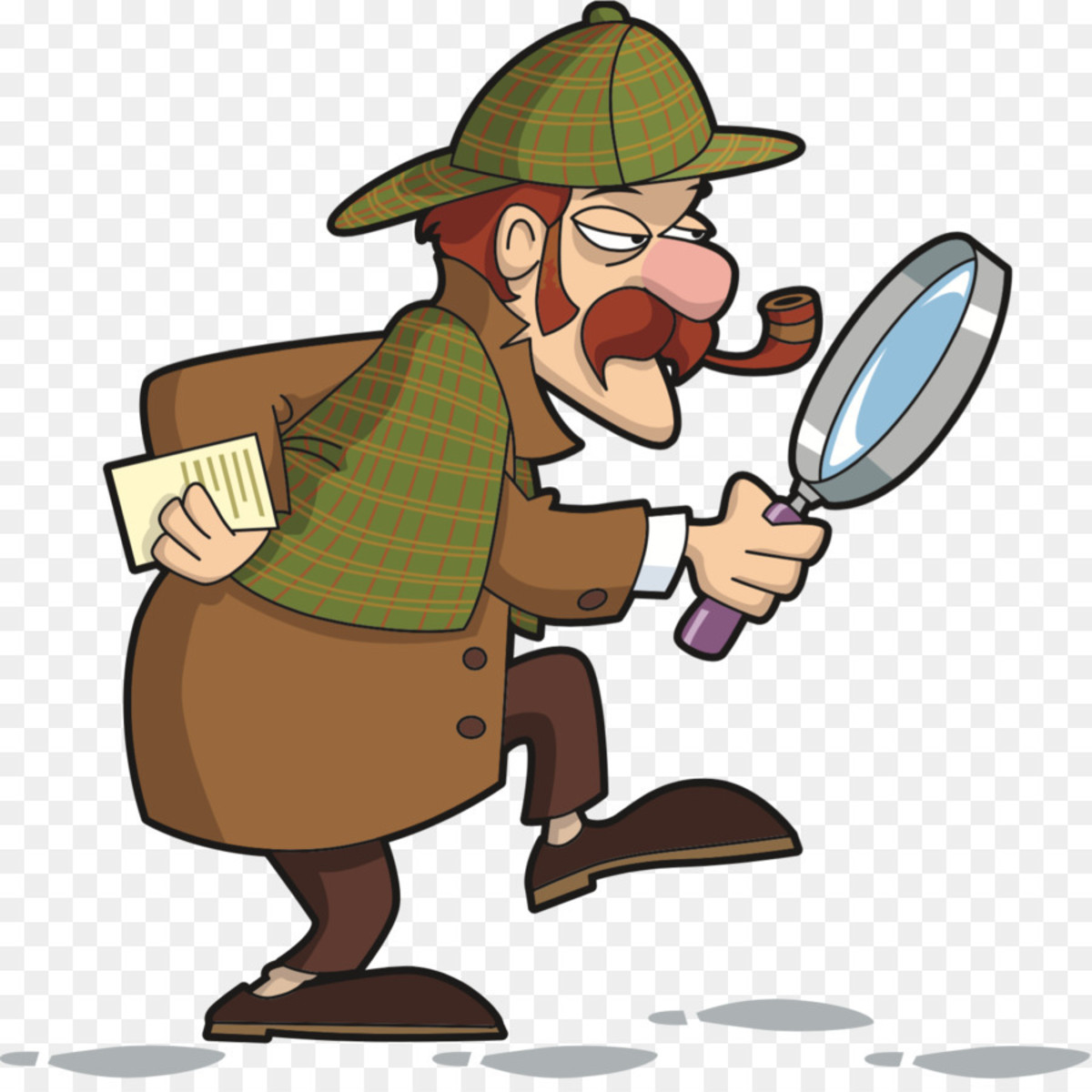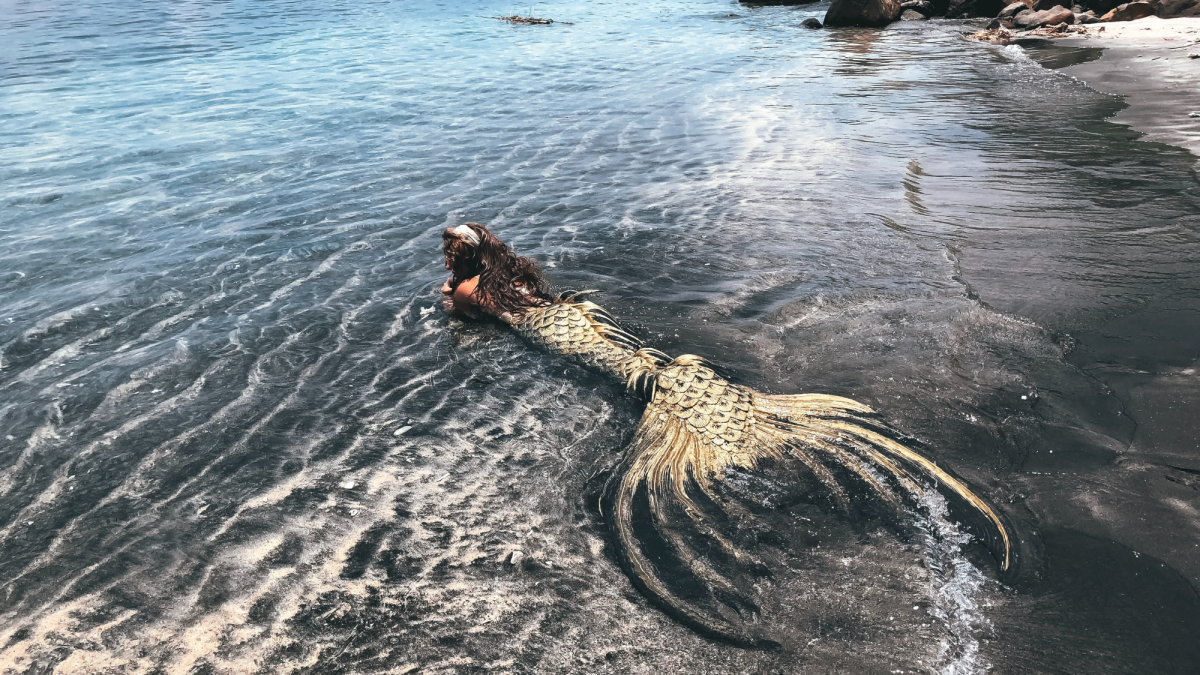Modern Mythology: includes myth of Sherlock Holmes, Tarzan, Lone Ranger and many others
Superman

Bigger than life
When a literary or popular character from books, movies, television or comic books outshines its creator it becomes something of an icon and, I think, part of our mythology.
What stands out the most to me is the literary character that becomes bigger than life and who is better remembered than its author or creator.
Sherlock Holmes stands out as a prime example. Unless you are a student of literature, you probably do not think of Arthur Conan Doyle, who created Holmes, when you see Sherlock homes in a movie, television, and comics. And Holmes was modeled after Doyle’s mentor Dr. Bell. Even more interesting is that Holmes, the fictional character of the19th century foreshadows the popular fictional shows such as CSI, NCIS and other shows based on forensics. Holmes insistence on precise scientific study of evidence was the forensic expert of that time. Furthermore, in real life Dr. Bell was a direct pioneer in real life forensic science. As an icon and a myth Holmes has been portrayed in just about all media that I can think of. Modern writers are still creating books about Holmes and the other characters in the Doyle stories. His image is constantly used to portray the concept of a detective. This is the character that the author tried to kill off, but the readers insisted on more stories.
How many people think of Edgar Rice Burroughs when they see Tarzan? Many people probably don’t even know that the “man of the Jungle” was first seen in a book. The image is persistent. Like Sherlock Holmes, Tarzan has entered our mythology. He has gone through a number of reincarnations. Different actors and different interpretations have kept this iconic figure “alive.”
Tarzan came up as part of our classroom lecture in college. I believe it was a psychology course but I don’t really remember, but the point raised was interesting. Roughly speaking, in the original Tarzan story an upper class English family was shipwrecked. They died leaving a baby behind. The child was found by some apes that raised the child. Tarzan learned from the apes and lived as one of them, but felt something missing in his life. He returned to the site of the shipwreck and found books and papers and taught himself to read from them. A far cry from the Johnny Weissmullerthat I saw and thought was Tarzan as a child. In the book Tarzan goes to England and claims his inheritance. In 1984 this was reflected in the movie “Greystoke, Legend of Tarzan.”
Our class interpretation was that the story illustrated the social science concept of nature vs. nurture or nature vs. environment.. One may not agree with the premise of the story but it does indicate that the author had a serious intent, which has been lost. But the character has overshadowed the creator.
Many comic book characters fall into this description. Who really cares who created Superman, Batman, or Wonder Woman? They are reincarnations of old myths and gods from the Romans and Greeks, but they have become a modern mythology as well. Other media icons I think have entered the culture and part of our folklore or mythology. James Dean has become a symbol for at least one generation and has been a role model for other culture heroes such as Elvis Presley who deliberately copied his publicity style i.e., the rebel.
The Lone Ranger, Captain Kirk and Mr. Spock have somewhat transcended the fictional role into icons that dominate over the actors. Leonard Niamey, who played Spock, was concerned about this when he wrote a book titled “I am not Spock.”
I am sure much could be added and I invite readers to contribute comments and observations. I would like to hear them.









